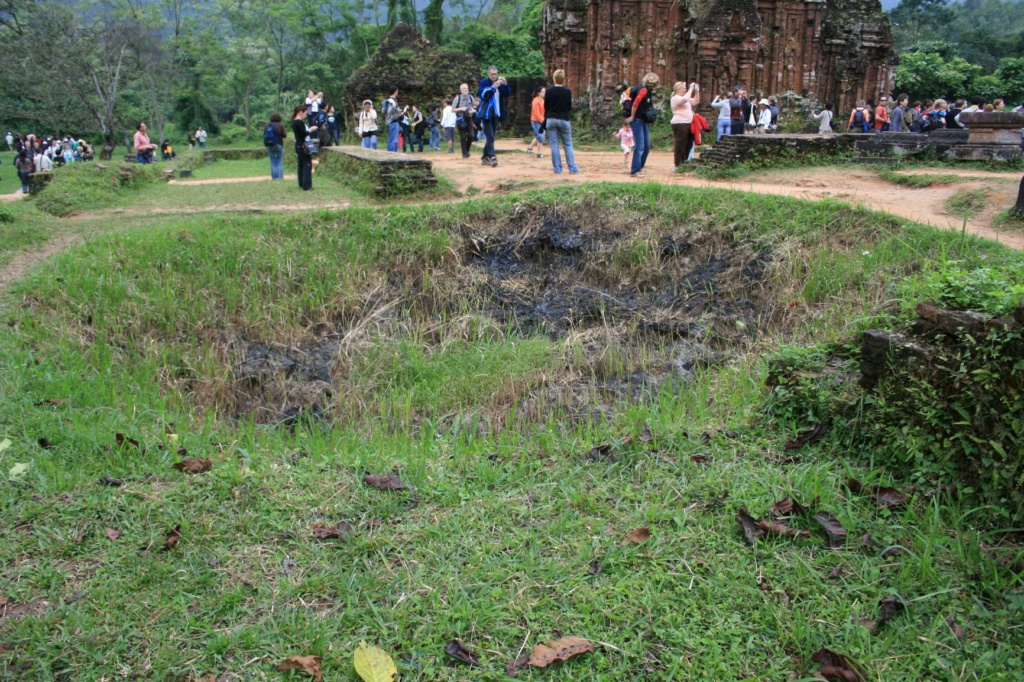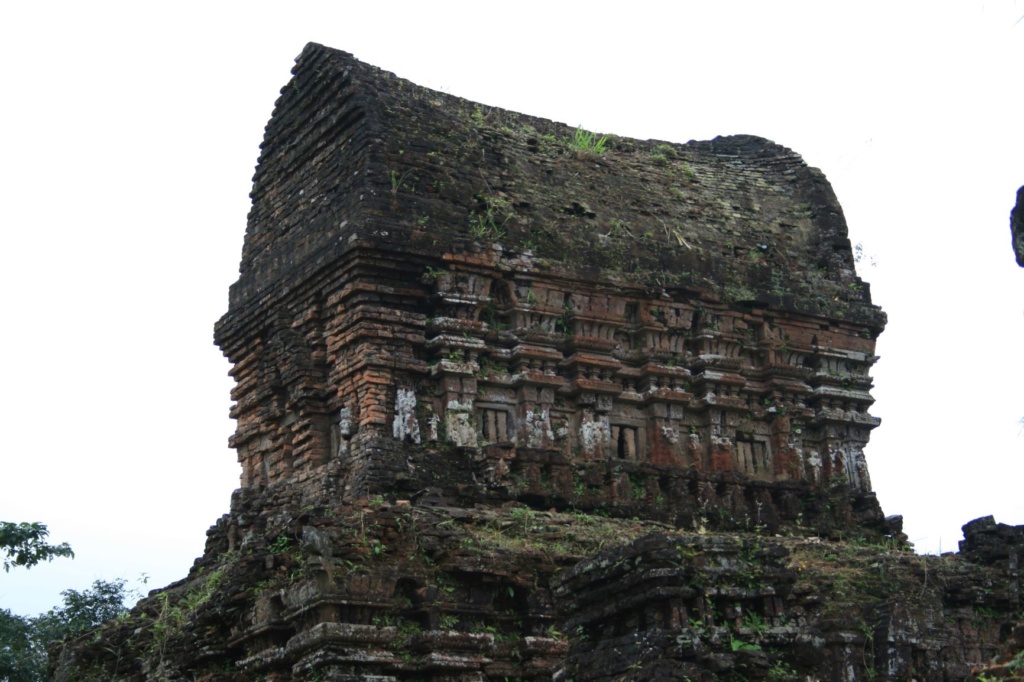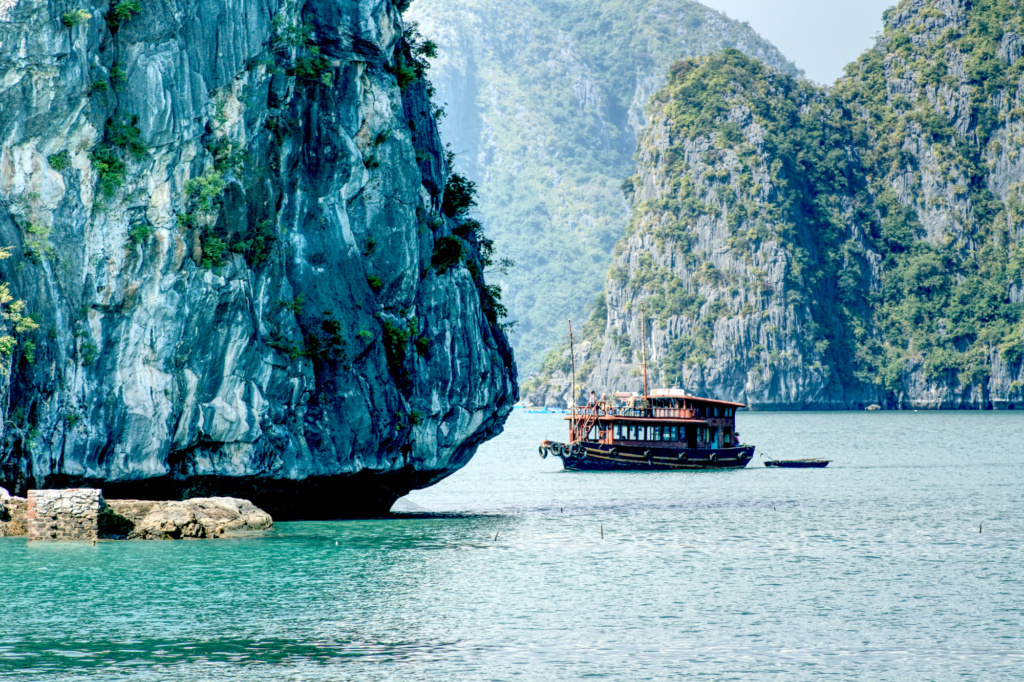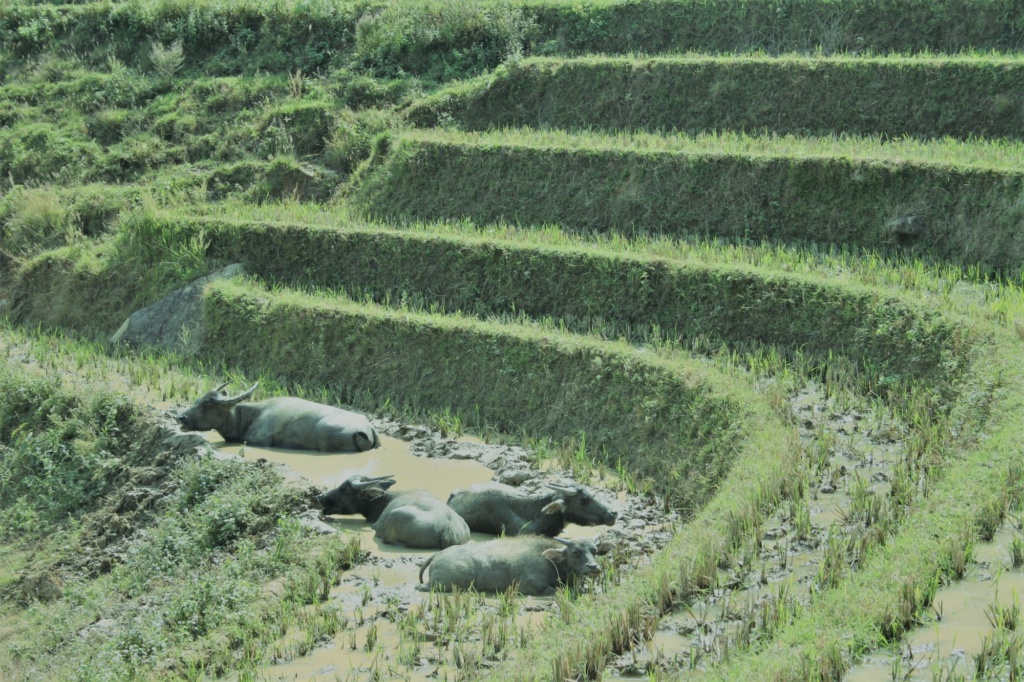My Son Vietnam Travel Guide A Vagabond Life
My Son, nestled in the heart of Vietnam’s Quang Nam province, is an ancient sanctuary that once served as a spiritual and religious center for the Champa Kingdom. This archaeological site, dating back to the 4th century, showcases a remarkable collection of Hindu temple ruins, intricately carved with depictions of Hindu deities and myths. Surrounded by lush mountains and verdant valleys, My Son was recognized as a UNESCO World Heritage site for its historical and cultural significance.
However, this serene and historical site bears scars from its more recent past. During the Vietnam War, My Son was heavily bombed by American forces in an attempt to target Viet Cong soldiers believed to be taking refuge among its ruins. The bombing caused significant damage to the ancient temples, leaving many in ruins. Despite this, restoration efforts have been underway, aiming to preserve and rehabilitate what remains of this once-majestic site. Today, visitors to My Son can reflect on its grandeur and resilience, a poignant reminder of the destruction of war and the enduring spirit of cultural heritage.
My Son Vietnam Map
How To Get To My Son Vietnam
My Son is 42 km west of Hoi An in central Vietnam.
Bus
There are no direct public buses that run directly to My Son. You can get a public bus to Phan Kim, about 9 km north from park entrance, from there you will need to take a taxi to and from My Son. It is important to understand that there may not be taxi’s waiting at My Son when you wish to return to Phan Kim so you may have difficulty on the return leg.
Private Car / Driver
It is possible to hire a driver to take you to My Son from Hoi An, the driver will wait for you while you visit the site.
Tour
Taking a tour from Hoi An is probably the most straight forward way to visit the sanctury. There are multiple tour companies offering trips to / from Hoi An and can usually be organised through your hotel or guest house.
Guide to My Son Sanctuary, Vietnam
My Son Sanctuary, nestled in a lush valley near Hoi An, Vietnam, is a testament to the ancient Champa civilization’s architectural and cultural prowess. Explore this UNESCO World Heritage site and uncover its historical significance and architectural marvels.
History of My Son Sanctuary
My Son Sanctuary served as a religious and political capital for the Champa Kingdom from the 4th to the 13th centuries. The site comprises a cluster of Hindu temples dedicated to Shiva, built using red bricks and decorated with intricate carvings and sculptures. It reflects the influence of Indian Hinduism on Southeast Asian architecture and culture. One can also see the damage caused when the Americans bombed the site.
Visiting My Son Sanctuary
Visitors to My Son Sanctuary can explore various temple groups spread across the complex. Highlights include the Central Group, featuring the most significant structures, and the Valley of Temples, offering panoramic views of the surrounding countryside. Guided tours are available to provide insights into the site’s history, architecture, and cultural significance.
Architecture and Artifacts
Marvel at the unique architectural style of the Champa temples, characterized by their tower-like structures and sandstone bas-reliefs depicting Hindu deities, celestial beings, and mythical creatures. Despite centuries of weathering and conflicts, many temples have been partially restored, offering glimpses into their original grandeur.
Cultural Significance
My Son Sanctuary is not only a testament to Champa’s religious and artistic achievements but also a symbol of cultural exchange between India and Southeast Asia. Its inclusion as a UNESCO World Heritage site underscores its global importance in understanding regional history and religious practices.
Practical Information
- Location: My Son Sanctuary is located approximately 40 kilometers southwest of Hoi An in Quang Nam Province, Vietnam.
- Getting There: Visitors can reach My Son Sanctuary by car, motorbike, or organized tour from Hoi An or Da Nang. The journey takes about an hour by road.
- Opening Hours: The site is open daily from morning until late afternoon. It’s advisable to visit early to avoid crowds and the heat.
- Tickets: Entry tickets are required for access to the sanctuary, with separate fees for guided tours if desired.
Tips for Visitors
- Wear comfortable walking shoes and lightweight clothing suitable for exploring outdoors.
- Carry sufficient water and sunscreen, as the site can be hot and humid, especially during midday.
- Respect the sanctity of the temples by refraining from touching carvings and artifacts.
Conclusion
My Son Sanctuary offers a captivating glimpse into Vietnam’s ancient past and the Champa Kingdom’s architectural achievements. Whether you’re a history enthusiast, cultural explorer, or simply seeking to admire stunning ancient ruins, a visit to My Son Sanctuary promises an enriching experience steeped in history and architectural beauty.
One of the remaining temples at the My Son site.
A bomb crater from when the Americans carpet bombed the area during the American war not only destroying much of the Archaeological site but killing thousands of Vietnamese civilians.





